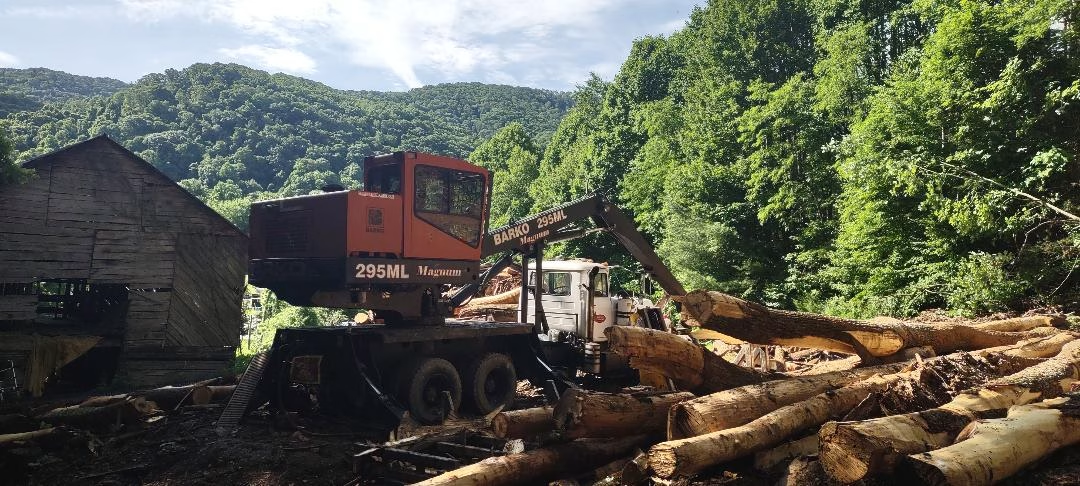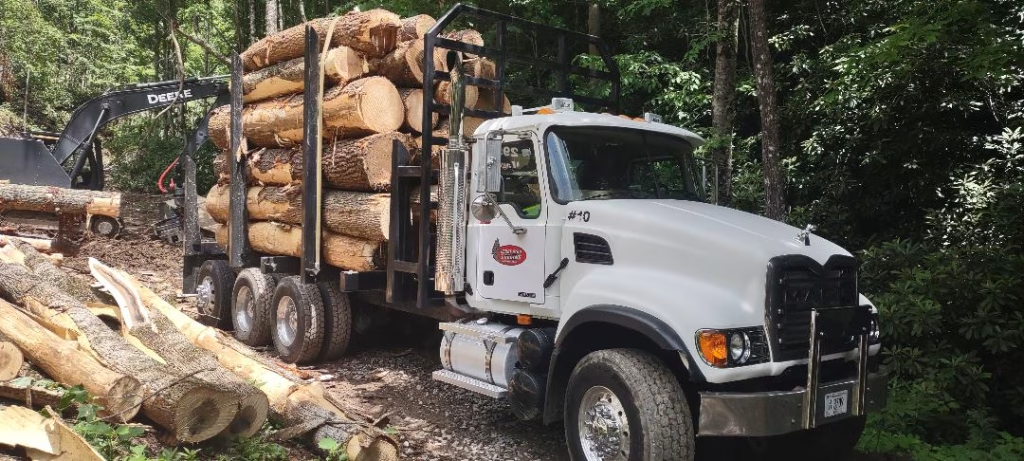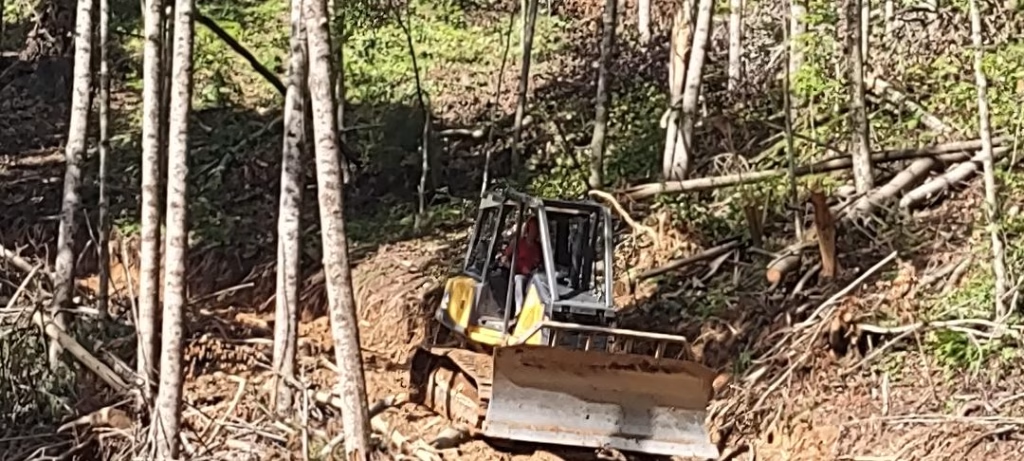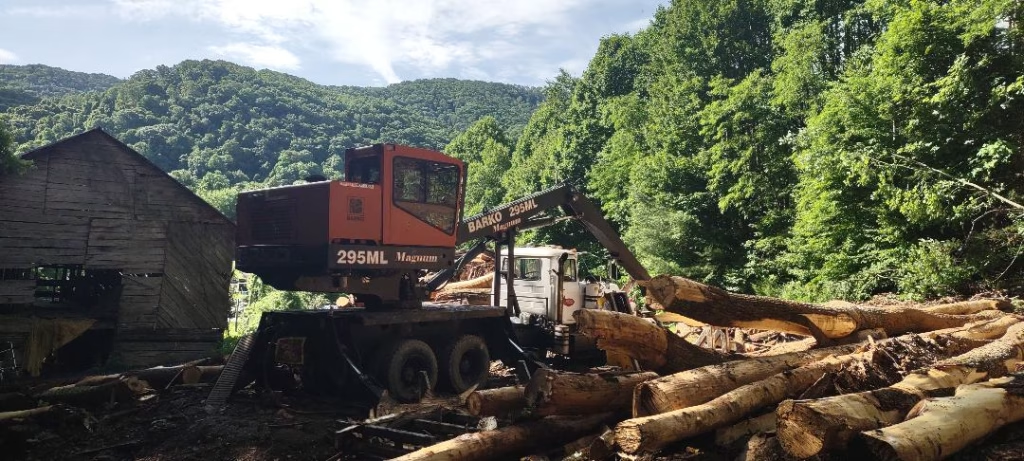Strengthening the Wood Supply Chain and Logger Workforce

I’ve spent four decades in forestry. My career began as a young procurement forester working with loggers to buy and harvest timber. Together, we addressed the difficult issues that come with every job, worked to solve challenges, and always tolerated the unpredictable weather that forever curtailed our “best laid plans.” Forty years on, one thing remains clear: loggers are critical links in the wood supply chain. To ensure this critical profession remains viable, we must explore meaningful ways to inspire the next generation. Asking thoughtful questions and assessing what we’ve learned will help us determine what needs to be done.

What Makes a Logger?
What are some character traits for successful loggers or logger prospects? They’re independent, resourceful problem solvers who thrive on hard work and hands-on challenges. Their love for the outdoors is second only to their commitment to faith and family. Working in the woods is a challenge, but it is often the innovation and self-sufficiency of the individual that make all the difference. Many excel at operating heavy equipment and approach their work with entrepreneurial spirit and pride. The list goes on and on, and I’m sure your list will be different than mine. However, we can agree that loggers are individuals who know how to get things done.
What Does It Pay?
I queried the Bureau of Labor Statistics (BLS) data to find out the average annual pay for various logging jobs. In 2024, average annual salaries were: timber feller, $63,460; first-line supervisor/manager, $72,870; logging equipment operator, $53,650; and log truck drivers, $52,750. By comparison, in 2024, the average annual salary of a US worker was $62,000.
I recall a logger once telling me during a contract negotiation, “Jeff, it’s all about the money.” I replied, “Jackie, it’s all about the job”. In the grand scheme of things, I think we were both right. While logging offers good-paying careers, there’s still ground to cover if we want to make the profession more competitive and attract the next generation.

Where Do We Find the Next Generation of Loggers?
Traditionally, the logging workforce is from rural America, with many loggers employing family members, close friends, and neighbors. Today, the industry faces the challenge of replacing loggers who are retiring. Research conducted in the Lake States and Southeast Regions shows that logging businesses are less likely to be passed on to their children, or their children have decided they do not want to become professional loggers.
Where will the future logging capacity come from? A recent FRA Woods to Mill, co-authored by Eric Kingsley, FRA Northeast Region Consultant, and Vanessa Connelly, FRA Communications Manager, We Need a Bigger Workforce Pipeline provides suggestions for new opportunities and options to meet future market demands. For example, some of these opportunities are described as “Reaching Beyond the Familiar.” Just another way of saying that we should begin engaging people from communities and cultures that may not have historically seen themselves reflected in forestry or logging.
Another opportunity to introduce the next generation of young people to logging and the logging industry includes new technology. Simulator technology has been available in a few high schools in select states. Students can gain hands-on experience, including the sights, sounds, and adrenaline rush of operating a skidder or dozer, without the travel time, equipment costs, or liability associated with being on a logging job.
Forestry Works (www.forestryworks.com) is a website developed through a collaborative effort by the Forest Workforce Training Institute and other partners to address workforce issues within the nation’s forest industry. They promote career opportunities in logging, ranging from heavy equipment operation to skilled truck driving. The website lists many of the available opportunities for logging, as well as job openings waiting to be filled.
Another FRA Woods to Mill blog titled Technological Innovations in Logging Operations: Technological Innovations in Logging Operations – Forest Resources Association was published recently and describes a futuristic approach to logging that utilizes autonomous trucks and logging equipment, operated remotely from an office miles away. Logging of the future may include a technician in front of a computer screen, operating the skidder and monitoring machine performance and fuel efficiency.

The future of logging demands more than tradition; it requires innovation, outreach, and a renewed commitment to workforce development. If we’re serious about strengthening the wood supply chain and keeping our forests productive, then cultivating a new generation of loggers must be a priority. That means investing in education, embracing technology, expanding our vision of who belongs in the woods, and valuing the role that loggers play in our economy and communities. After 40 years in forestry, I still believe in the grit, skill, and heart that loggers bring to the job—and I remain committed to advancing the logging profession.

